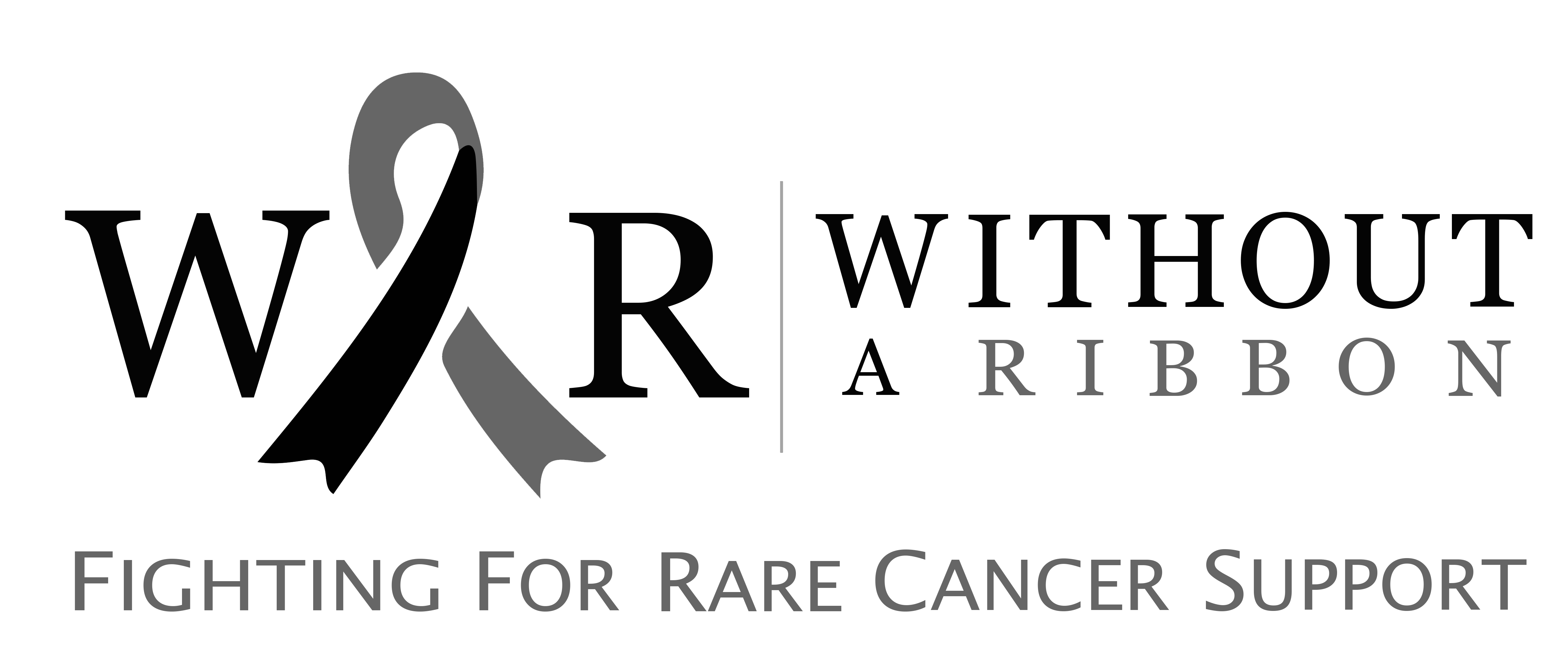What is Histiocytosis?
Histiocytosis is the uncontrolled and excessive production of histiocytes. Histiocytes are white blood cells, also called macrophages. Bone marrow-derived histiocytes fight bacteria, viruses, and other pathogens of foreign diseases that enter the body. The spleen, liver, bone marrow, lymph nodes, brain, and spinal cord are the most commonly affected sites.Disease Epidemiology
It is a very rare cancer, with an annual incidence of 1 in 200,000 children in the United States. Histiocytosis most often affects children under 10 years of age, but it can also develop in adults.Disease Etiology (Causes)
There is no well-known cause; however certain genetic mutations (alteration in genes), autoimmune diseases, and viral infections are responsible for the development of histiocytosis.Signs and Symptoms
Signs and symptoms depend upon the involvement of the organ system and their degree of involvement. The most common symptom is a pain in the affected area or part of the body.Diagnosis
Serological, radiological, and biopsy investigations are useful to diagnose. These are:- Complete blood count (CBC) with peripheral smear and blood culture
- Blood coagulation profile
- LFT’s(Liver function tests) and RFT’s( Renal function tests)
- Bone marrow aspiration and biopsy
- Chest X-ray, CT chest


